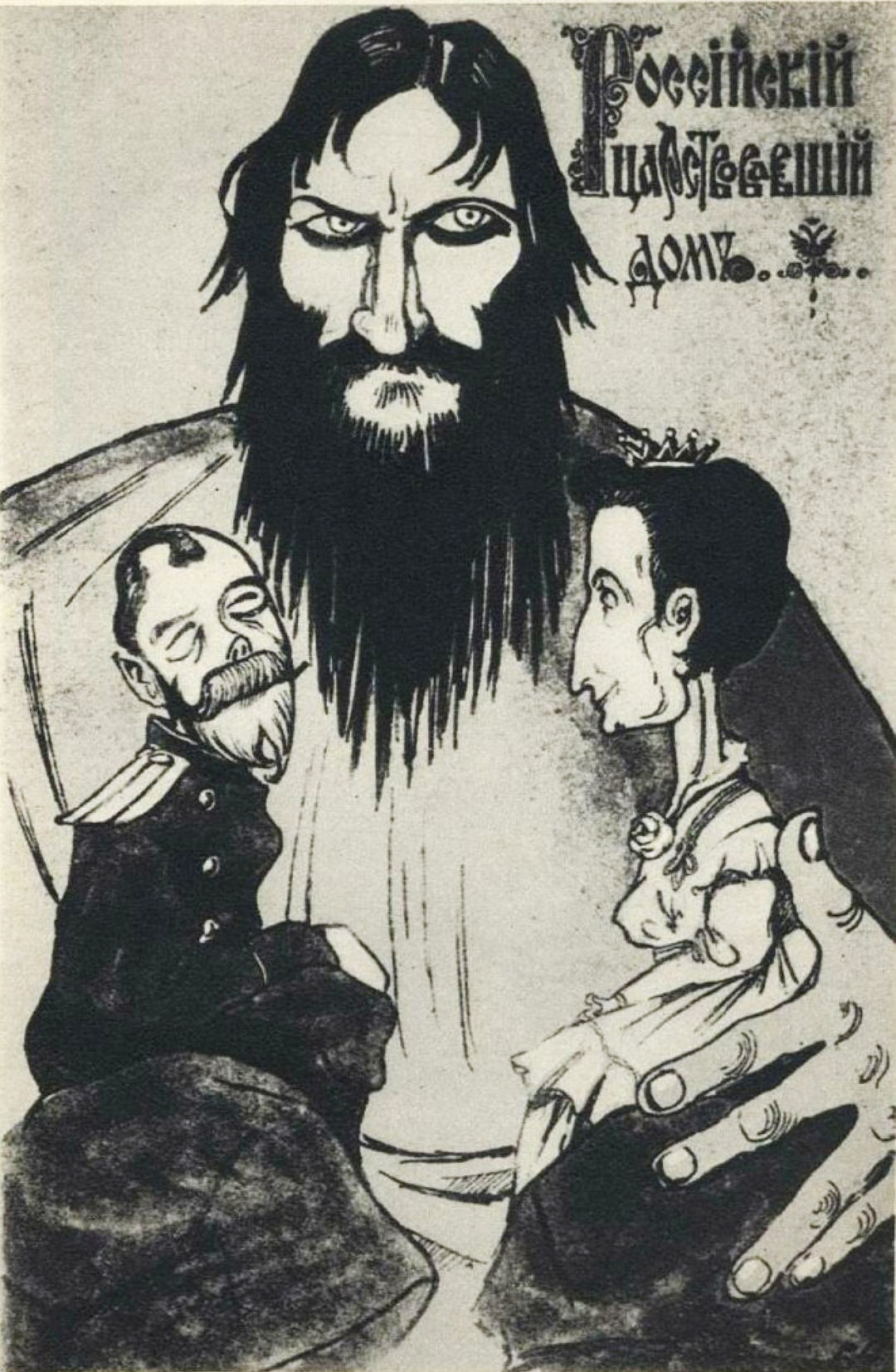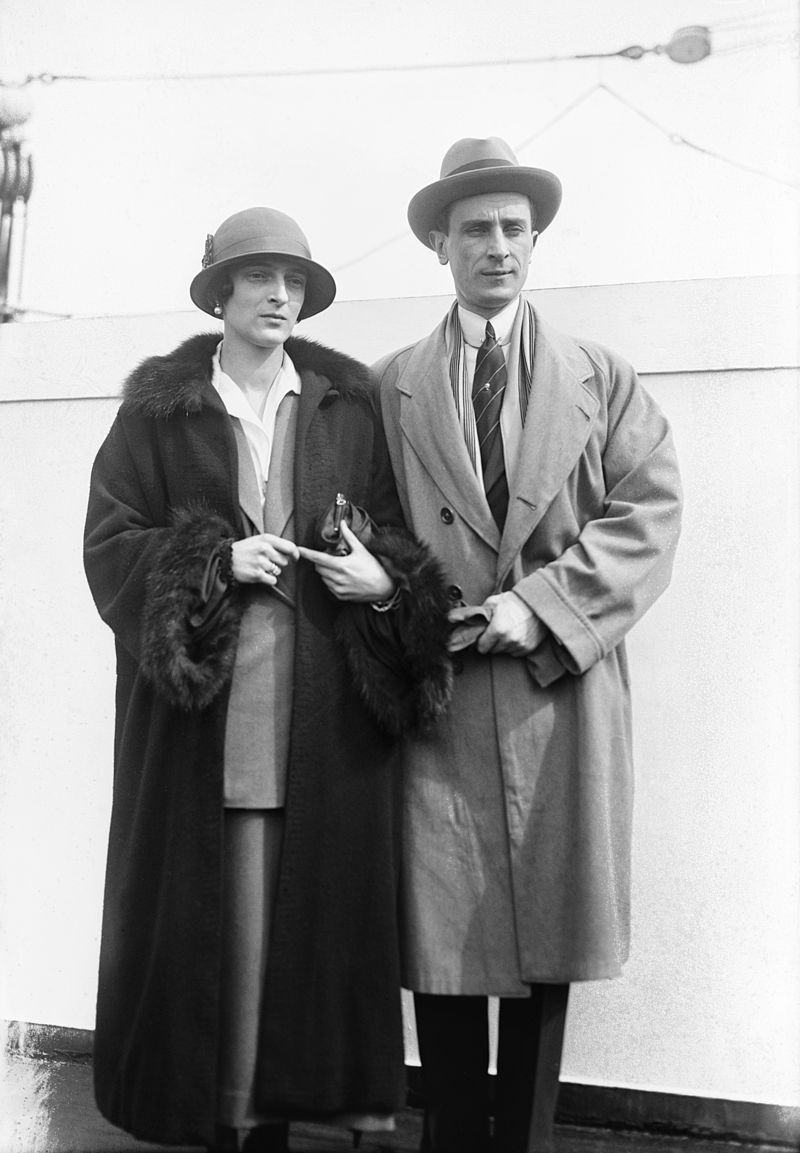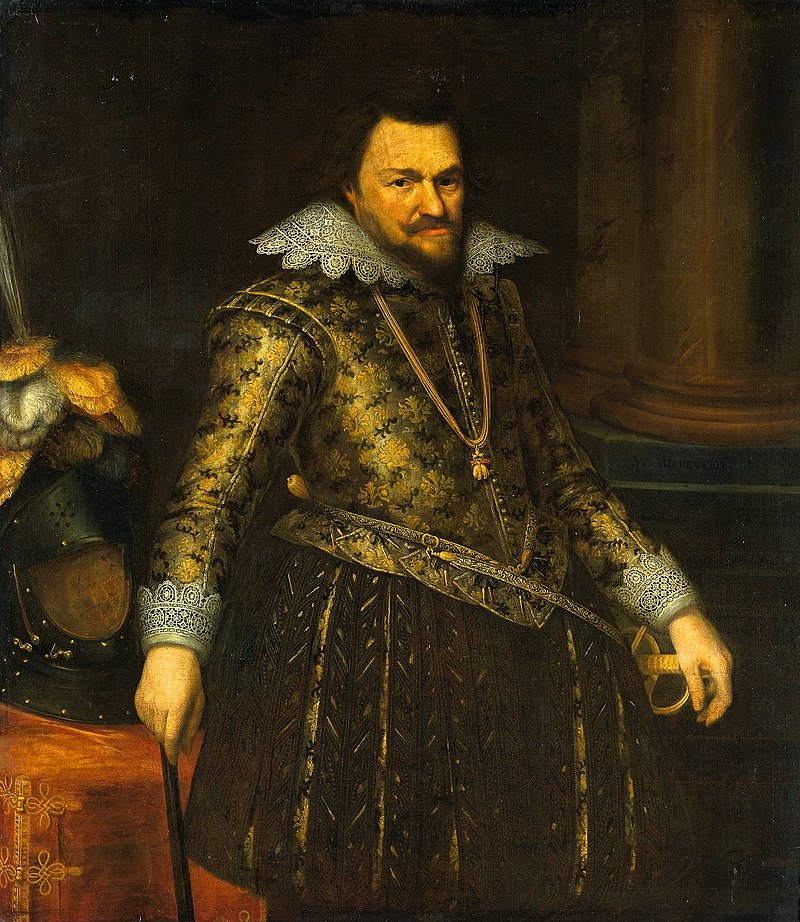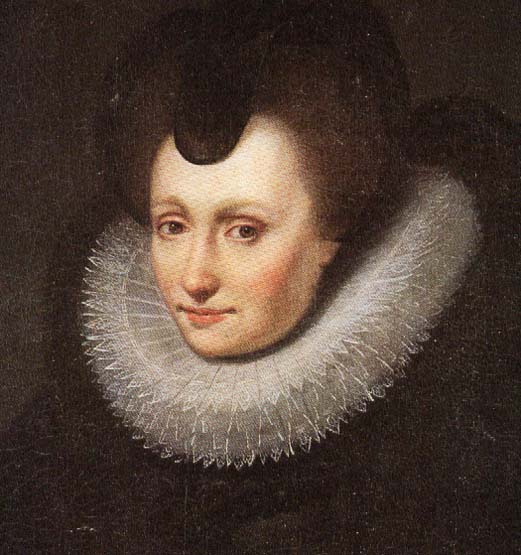by Susan Flantzer © Unofficial Royalty 2018

Amalia of Solms-Braunfels, Princess of Orange; Credit – Wikipedia
Amalia of Solms-Braunfels was born on August 31, 1602, at Braunfels Castle (Schloss Braunfels) in Braunfels, then in the County of Solms-Braunfels now in Hesse, Germany. She was the fourth of five daughters and the eighth of the eleven children of Johann Albrecht I, Count of Solms-Braunfels and Agnes of Sayn-Wittgenstein.

Schloss Braunfels, Amalia’s birthplace; Photo Credit – By I, ArtMechanic, https://commons.wikimedia.org/w/index.php?curid=196823
Amalia had ten siblings but only five survived childhood:
- Friedrich Kasimir (1591 – 1595), died in early childhood
- Elisabeth (1593 – 1636), married Wolfgang Friedrich, Count of Salm, Wild and Rheingraf, had seven children
- Ursula (1594 – 1657), married Christoph, Count of Dohna, had twelve children
- Konrad Ludwig, Count of Solms-Braunfels (1595 – 1635), married Anna Sibylla, Baroness Winneburg, no children
- Juliana (1597 – 1599), died in early childhood
- Otto (born and died 1598)
- Johann Albrecht II, Count of Solms-Braunfels (1599 – 1648), married Anna Elisabeth, Baroness Daun-Falkenstein, had two children
- Friedrich (1604 – 1605), died in early childhood
- Johann Philipp (1605 – 1609), died in early childhood
- Louise Christina (1606 – 1669), married Johan Wolfert van Brederode, 16th Lord van Brederode, had eight children
Amalia spent her childhood at the family’s castle in Braunfels. In 1619, Amalia’s father became an adviser to Friedrich V, Elector Palatine of the Rhine who had just been elected King of Bohemia. Amalia’s family traveled to Prague, the capital of Bohemia (now in the Czech Republic) and Amalia became a maid of honor to King Friedrich’s wife Elizabeth Stuart, the eldest daughter of King James I of England. The crown of Bohemia had been in Habsburg hands for a long time and the Habsburg heir, Ferdinand II, Holy Roman Emperor refused to accept Friedrich as King of Bohemia. Friedrich’s reign ended with his defeat by Ferdinand at the Battle of White Mountain, one of the early battles of the Thirty Years’ War, on November 8, 1620. Friedrich and Elizabeth are called the Winter King and the Winter Queen, referring to their short reign as King and Queen of Bohemia.
Elizabeth, pregnant with her fifth child, left Prague with Amalia in attendance. At the Castle of Custrin outside of Berlin, Elizabeth gave birth to her son Moritz with the help of Amalia. Friedrich and Elizabeth were granted asylum by Maurits, Prince of Orange, and invited to live in The Hague. It was at a ball in honor of Elizabeth in 1622 in The Hague that Amalia met her future husband Frederik Hendrik, the only child of Willem I (the Silent), Prince of Orange and his fourth wife Louise de Coligny, and the half-brother of the Prince of Orange, Maurits. Frederik Hendrik, who was unmarried, fell madly in love with Amalia and wanted her to become his mistress. Amalia refused to accept anything but marriage.

Frederik Hendrik and Amalia; Credit – Wikipedia
Frederik Hendrik’s half-brother Maurits, Prince of Orange never married but he did have several illegitimate children. In 1625, while on his deathbed, Maurits threatened to legitimize his illegitimate sons, threatening Frederik Hendrik’s succession. Because of Maurits’ threat to legitimize his illegitimate sons, Frederik Hendrik summoned Amalia and married her on April 4, 1625. The marriage and the promise of children satisfied Maurits. He died on April 23, 1625, at the age of 57. Frederik Hendrik succeeded him as Prince of Orange and the other hereditary titles of their father. He also succeeded in the elective offices as Stadtholder (Governor) of five of the seven provinces of the Dutch Republic and as the Captain-General and Admiral of the military forces of the Dutch Republic.
Frederik Hendrik and Amalia had nine children but four did not survive infancy:
- Willem II, Prince of Orange (1626 – 1650), married Mary, Princess Royal, eldest daughter of King Charles I of England; had one son Willem III, Prince of Orange, later King William III of England
- Luise Henriette of Nassau (1627 – 1667), married Friedrich Wilhelm, Elector of Brandenburg, had six children including Friedrich I, King in Prussia
- Henriëtte Amalia of Nassau (born and died 1628)
- Elisabeth of Nassau (born and died 1630)
- Isabella Charlotte of Nassau (1632 – 1642)
- Albertine Agnes of Nassau (1634 – 1696), married Willem Frederik, Prince of Nassau-Dietz, had three children; paternal grandparents of Johan Willem Friso, Prince of Orange
- Henriette Catherine of Nassau (1637 – 1708), married Johann Georg II, Prince of Anhalt-Dessau, had ten children, maternal grandparents of Johan Willem Friso, Prince of Orange
- Hendrik Lodewijk of Nassau (born and died 1639)
- Maria of Nassau (1642 – 1688), married Ludwig Heinrich, Count Palatine of Simmern-Kaiserslautern, no children

Frederik Hendrik with his wife and three youngest daughters, circa 1647; Credit – Wikipedia
Amalia and her husband had a good relationship and a happy marriage. She was the main matchmaker of the family, arranging the marriage of her son Willem with Mary, Princess Royal, the eldest daughter of King Charles I of England, and the marriages of her daughters with German princes. Amalia had influence in politics, initially as Frederik Hendrik’s adviser, and then, after 1640, when her husband became ill, she became openly involved in political life and received foreign diplomats and envoys.
For many years before his death, Frederik Hendrik suffered from gout. In the summer of 1646, he had a stroke that temporarily prevented him from speaking. After that, Frederik Hendrik was physically weak, difficult to cope with, and sometimes mentally unstable. He died on March 14, 1647, in The Hague, Holland, Dutch Republic at the age of 63. His 21-year-old eldest son succeeded him as Willem II, Prince of Orange.
Willem II served as Stadtholder and Prince of Orange for only three years. On November 6, 1650, he died from smallpox. His wife Mary gave birth to their only child eight days later. The 19-year-old widow wanted to name her son Charles after her brother King Charles II of England but her mother-in-law Amalia insisted that her grandson be named Willem Hendrik and she got her way. From birth, the infant was Willem III, Prince of Orange.

Amalia’s grandson Willem III, Prince of Orange, later King William III of England; Credit – Wikipedia
During Willem’s minority, his mother Mary had to share his guardianship and regency with his paternal grandmother Amalia and Friedrich Wilhelm, Elector of Brandenburg, whose wife Louise Henriette was the elder sister of little Willem’s father. In 1660, Willem’s mother Mary died from smallpox while visiting her brothers King Charles II and the future King James II in England and Amalia became the sole regent for her 10-year-old grandson. In 1672, Willem III, Prince of Orange was declared an adult, and his regency council was dismissed. Amalia witnessed her grandson become Stadtholder of Holland, Zeeland, Utrecht, Gelderland, and Overijssel and Captain-General of the military forces. Willem married his first cousin Mary, the eldest surviving child of the future King James II of England. During the Glorious Revolution of 1688, King James II was overthrown and his son-in-law and daughter then reigned jointly as King William III and Queen Mary II.
Amalia died on September 8, 1675, in The Hague at the age of 73. She was buried at the Nieuwe Kerk in Delft.
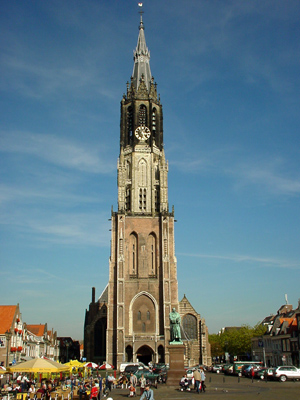
Nieuwe Kerk in Delft; Photo Credit – Wikipedia
This article is the intellectual property of Unofficial Royalty and is NOT TO BE COPIED, EDITED, OR POSTED IN ANY FORM ON ANOTHER WEBSITE under any circumstances. It is permissible to use a link that directs to Unofficial Royalty.







